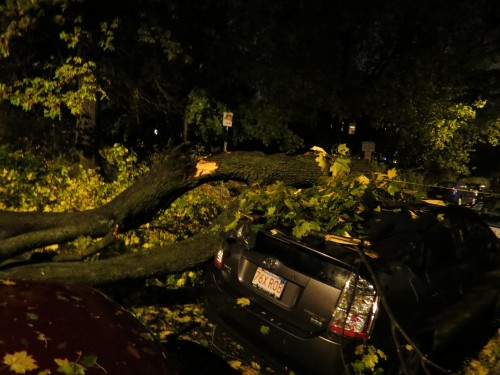A couple of months ago I wanted to buy a new sofa. I found something that looked great in my local online sales paper, so I had to decide whether to go and see it. This involves hiring a car or taking a train and bus, because it was not close to my house and I don’t have a car of my own here in the US. Another possibility was just to hire a van, go and see it and buy it on the spot, a slightly riskier option.
So I did what many do, I looked up the seller via Google to see who he was. He turned out to be the CEO of a local business, so I made my decision. I hired a van and drove out, bought it on the spot, a lovely piece. I based the decision on the seller’s Linkedin profile, presuming that I had the right person from the name, and all went well.
The BBC recently broadcast a program on the World Service Outlook program along the same lines, but with a different outcome. It is available on Podcast here, but I would like to outline the story for you all.
In 2009 Iran saw street protests following the disputed presidential elections. Violence flared and a young woman was shot dead. Her name was Neda Agha-Soltan. Journalists from the international press soon picked up on the story, and rather like me searched Facebook and other sites for a photo of the victim. They found one and published it.
The next day Neda Soltan, a university professor saw her photos in the press. They had the wrong person. Obviously this may have caused some distress for her friends and family, so she contacted the press institutions and told them of their mistakes. They however continued to use her photo, and soon it was appearing on leaflets and became the face that distinguished the protests.
A few days later government secret service officers turned up at the professor’s house. They wanted to prove that the rumours of the death were all false, a CIA or EU plot to discredit the government, and they had proof that Neda was still alive. They wanted her to come forward and display to the world that she was still with us.
When she refused she was arrested. Upon her temporary release her friends managed to smuggle her out of the country, into Turkey and on to Germany where she claimed political asylum. She is currently in the US but has not seen her family and cannot return to Iran.
The Internet has given journalists incredible tools and access to information, but here a mistake has ruined somebody’s life. The first thing people do when they want to learn about a person is type their name into their favourite search engine. Facebook is like a CV, but contains far more intimate and possibly compromising information, but users seem not to take this into consideration.
In the case above there seems to be no recourse to the law, and anyway it would not help. A bit of responsibility wouldn’t go amiss on both sides though!




